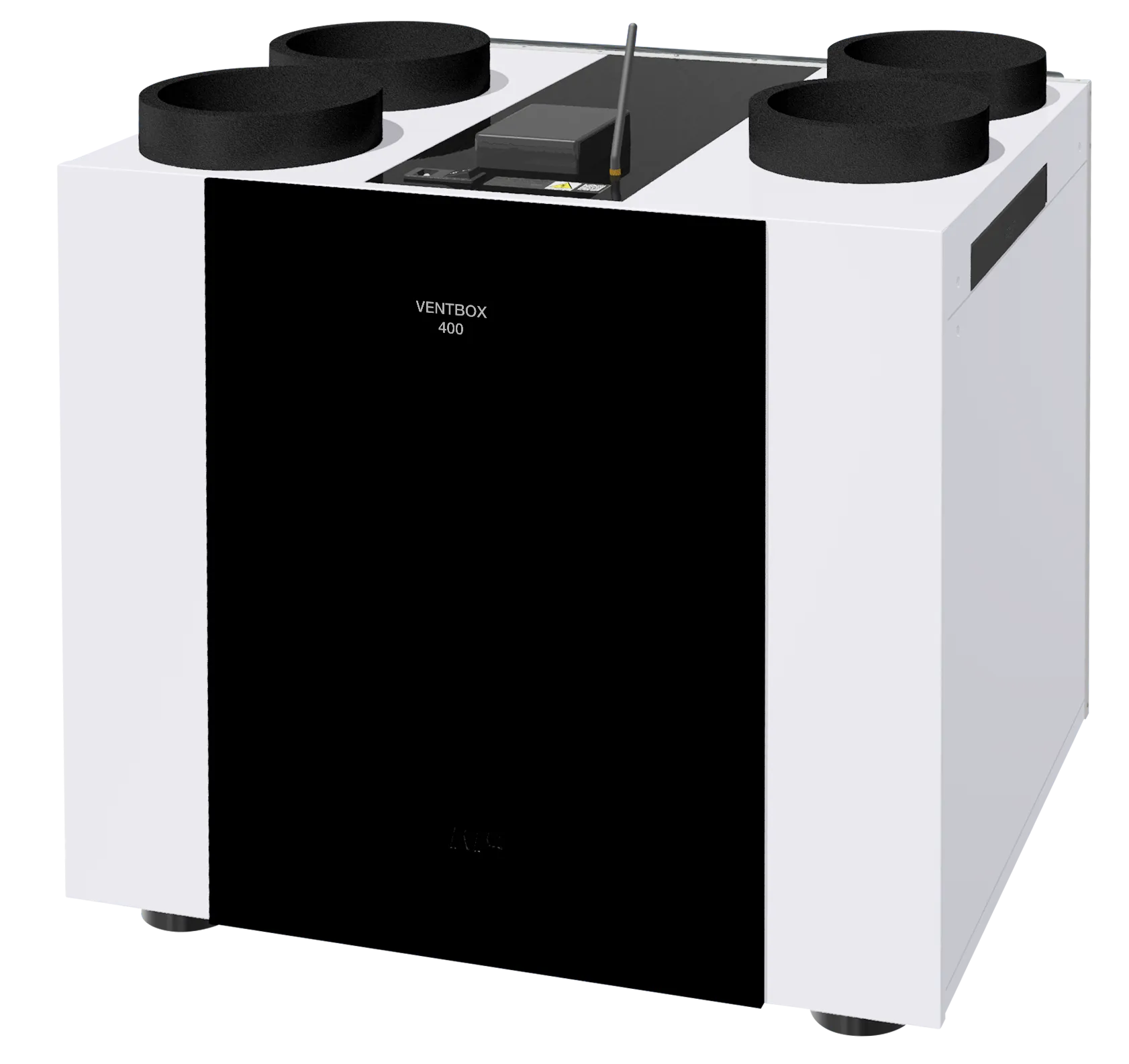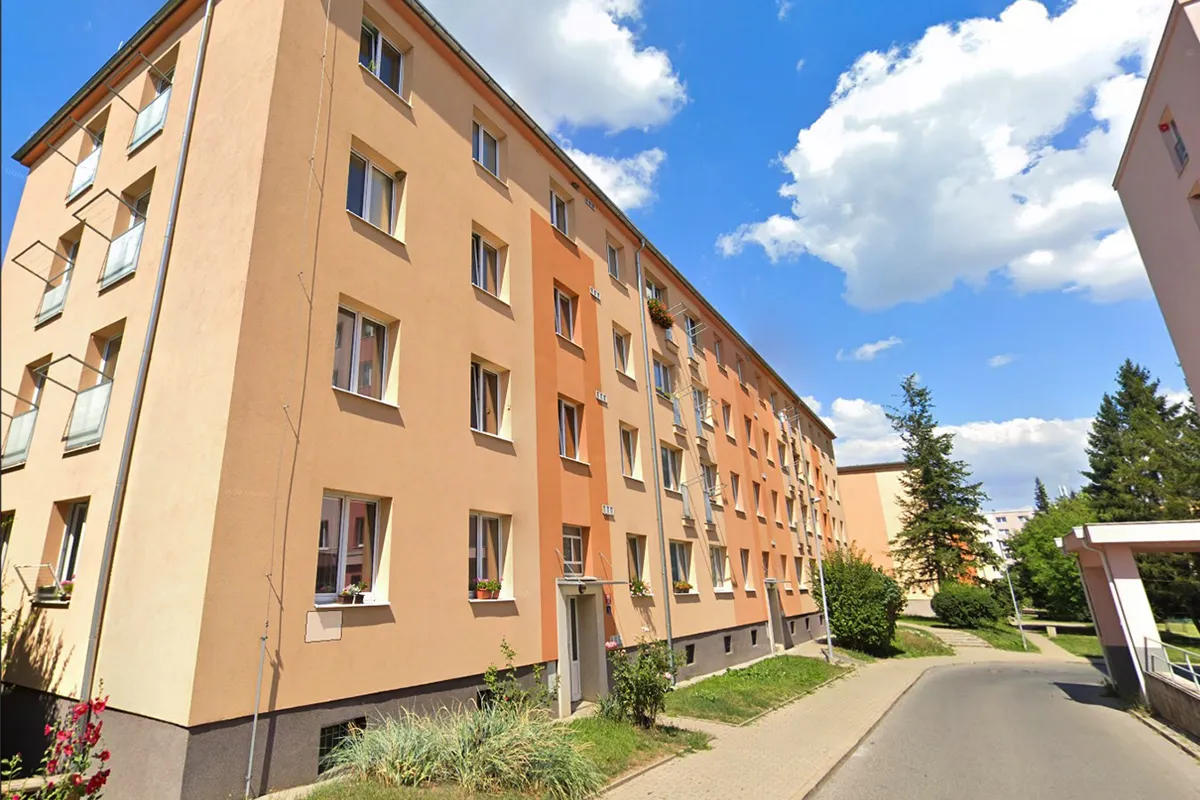Radon mitigation system
Radon is an invisible radioactive gas that occurs naturally in soil, rocks, and groundwater. It has no color, taste, or odor, making it undetectable without measurement. It enters buildings from the ground and can accumulate mainly in lower floors. Long-term exposure to radon increases the risk of lung cancer. Therefore, it is important to measure its concentration and take timely measures to reduce it.
Radon is measured in becquerels per cubic meter (Bq/m³).
A radon concentration of 1,000 Bq/m³ is roughly equivalent to the effect of smoking 50 cigarettes per day — passively, at home, at work, every day.
*Equivalent of continuous exposure over 24 hours. Source: US EPA (U.S. Environmental Protection Agency)
How to deal with RADON?
Map of radon exposure in the Czech Republic
Low exposure
Medium exposure
High exposure
The World Health Organization (WHO) recommends keeping indoor radon concentrations below 100 Bq/m³, as the risk of health problems—particularly lung cancer—increases above this threshold. If this level cannot be achieved due to local conditions, WHO advises that the reference level should not exceed 300 Bq/m³. In the Czech Republic, the official reference level is set at 300 Bq/m³ for both homes and workplaces. This means that if a higher concentration is measured in a household, appropriate measures should be taken to reduce it.
Radon specialist
When measuring radon in schools and kindergartens, we often encounter high levels.

Measurement of radon concentration in a family house in Rumburk
VENTBOX
Radon protection with guaranteed clean air free of dust, pollen, and mold.

4 most common questions
Radon is a colourless, odourless, and tasteless gas, meaning its presence cannot be detected by human senses. The only reliable way to determine radon levels is through measurement. Testing is particularly recommended for older buildings, homes with basements, properties located in areas with a high radon index, or when there are health concerns potentially linked to prolonged indoor exposure.
If measurements indicate radon levels above those recommended by the World Health Organization (100–300 Bq/m³), action should be taken immediately to reduce exposure. The first step is to analyse the causes and propose appropriate corrective measures. This is followed by the installation of a suitable system — such as specialised heat recovery units or other technical modifications — to permanently lower radon concentrations. The sooner these measures are implemented, the quicker the associated health risks can be reduced.
An anti-radon system operates continuously throughout the year, automatically regulating the intake of fresh air and the extraction of radon-laden air. During winter, it preheats incoming air via heat recovery, while in summer it contributes to maintaining a comfortable indoor climate. Maintenance typically involves regular filter replacement and an annual professional inspection. Operating costs are low and negligible when compared to the significant health benefits.
Yes. These units are equipped with a radon sensor that continuously monitors indoor radon levels. Based on the readings, the system automatically adjusts its operation to maintain the lowest possible concentration. Remote access is also available, enabling you to monitor not only radon levels but also CO₂ concentration and other air quality parameters. To ensure long-term effectiveness, regular maintenance — particularly timely filter replacement in accordance with the manufacturer’s recommendations — is essential.


